Embrace the Dandelion to Protect Our Pollinators
We rely on pollinators like bees and butterflies to give us the food we need to live. The iconic black and orange monarch butterfly, for example, has long captured our imagination. Their unique annual migratory journey from Mexico across the Midwest to Canada and back and their noble metamorphosis from caterpillar to beautiful butterfly inspire us with Mother Nature’s amazing powers. Monarchs are important pollinators that help keep our ecosystems thriving.
Problem: Loss of Monarch & Pollinator Habitat
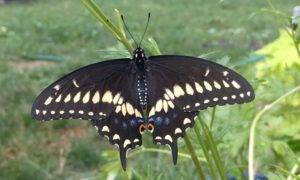 Pollinators face multiple threats, including habitat destruction, disease, parasites, and pesticides (such as neonicotinoids) used in agriculture and urban settings. By understanding these threats and seeking to minimize them, we can better protect the health of pollinators and ourselves. The eastern monarch butterfly populations have plummeted by almost 90% due to the loss of habitat from urban sprawl and intensive agriculture. Population losses in many other native pollinators such as bees, wasps, moths, butterflies, and others may be equal to or greater than those of the charismatic and well studied monarch. We simply don’t know the status of many pollinators, but many studies have documented wide-spread decline in pollinators and invertebrates in general.
Pollinators face multiple threats, including habitat destruction, disease, parasites, and pesticides (such as neonicotinoids) used in agriculture and urban settings. By understanding these threats and seeking to minimize them, we can better protect the health of pollinators and ourselves. The eastern monarch butterfly populations have plummeted by almost 90% due to the loss of habitat from urban sprawl and intensive agriculture. Population losses in many other native pollinators such as bees, wasps, moths, butterflies, and others may be equal to or greater than those of the charismatic and well studied monarch. We simply don’t know the status of many pollinators, but many studies have documented wide-spread decline in pollinators and invertebrates in general.
Solution: Creating New, Restoring Existing, and Protecting All Habitat
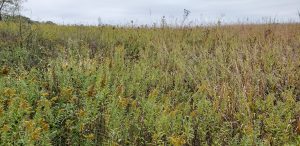 Prairie Rivers Network works with partners such as the National Wildlife Federation, farmers, and private landowners to ensure that we create more spaces for pollinators and insects to live. Any landowner can help pollinators by adding flowering plants to their properties. Let diversity thrive in your yard, “Embrace the dandelion!” and don’t use lawn chemicals or insecticides. For ideas about what to plant, visit Extension’s website on pollinator pockets. Rain gardens can also be designed to attract pollinators; visit our rain garden page for more information! Key actions that we are working on include:
Prairie Rivers Network works with partners such as the National Wildlife Federation, farmers, and private landowners to ensure that we create more spaces for pollinators and insects to live. Any landowner can help pollinators by adding flowering plants to their properties. Let diversity thrive in your yard, “Embrace the dandelion!” and don’t use lawn chemicals or insecticides. For ideas about what to plant, visit Extension’s website on pollinator pockets. Rain gardens can also be designed to attract pollinators; visit our rain garden page for more information! Key actions that we are working on include:
- Establish and protect contiguous habitats that allow for the uninterrupted movement of plants and wildlife—north-south riparian corridors will be critical migration routes for climate adaptation
- Increase state and federal funding for land conservation
- Promote policies that enhance biodiversity on public and private lands
- Promote changes to tax and land use policies to foster or demand better behavior by private landowners
- Curb use of and strengthen regulations on dangerous herbicides and pesticides

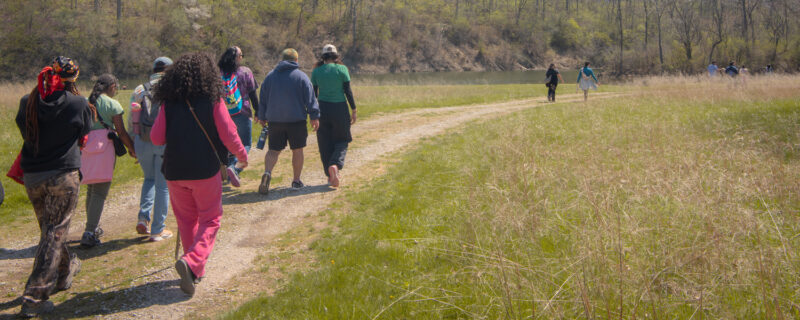

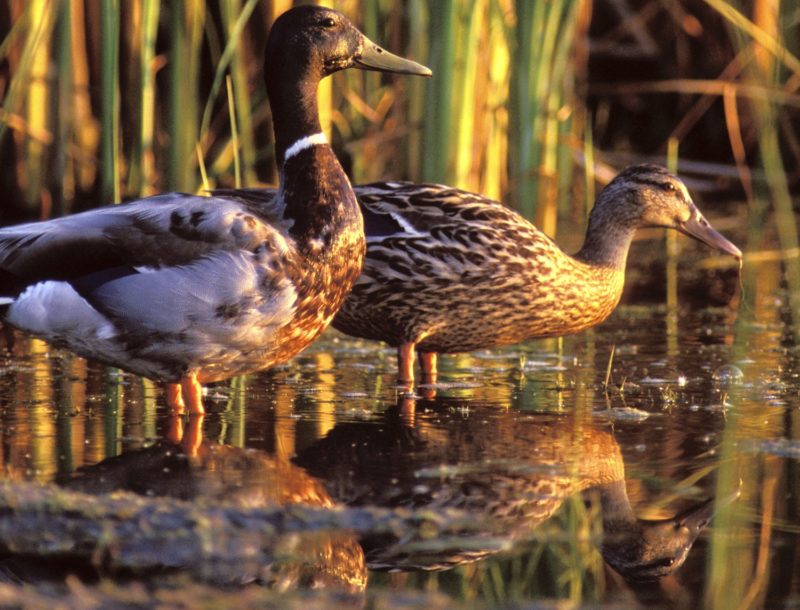
 Nature has...
Nature has...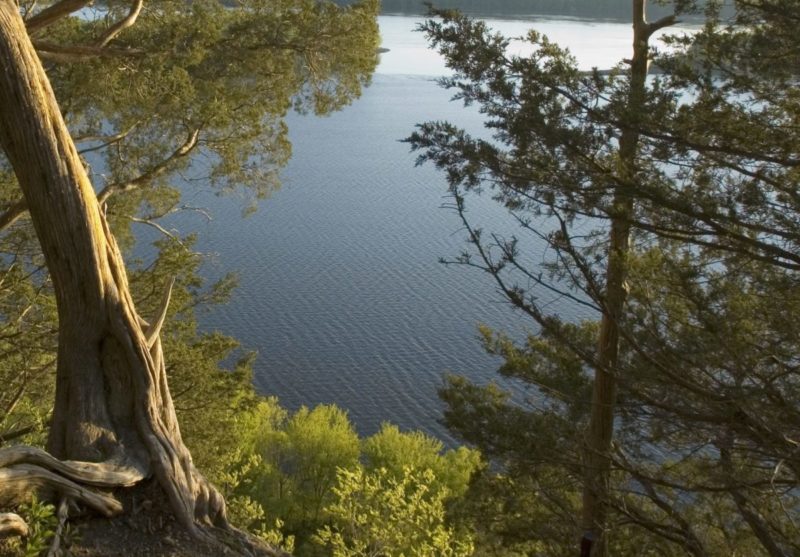
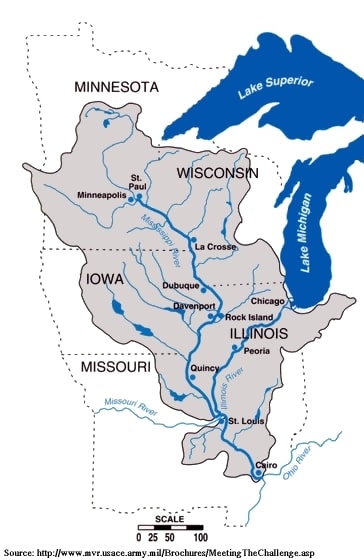 Illinois has...
Illinois has...





